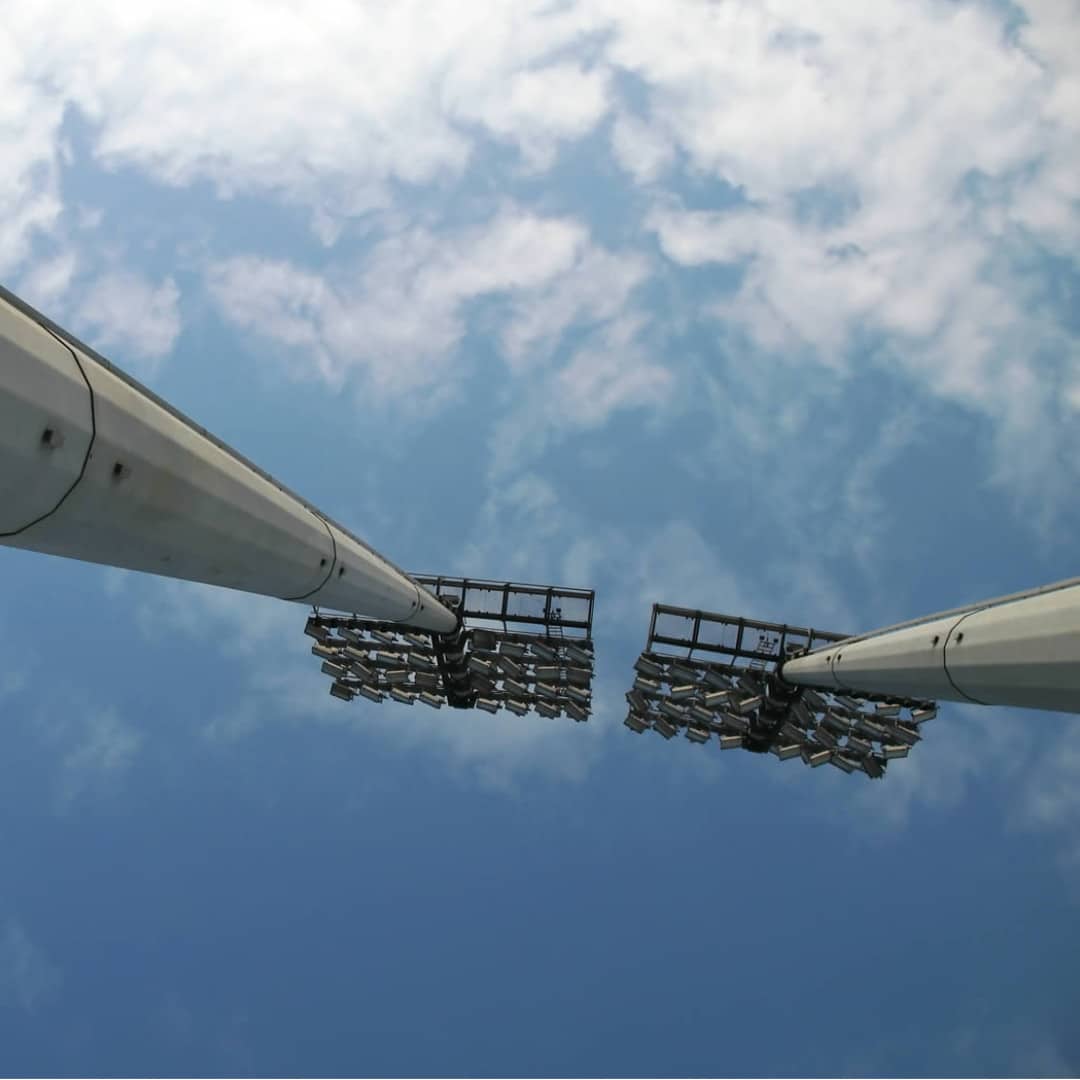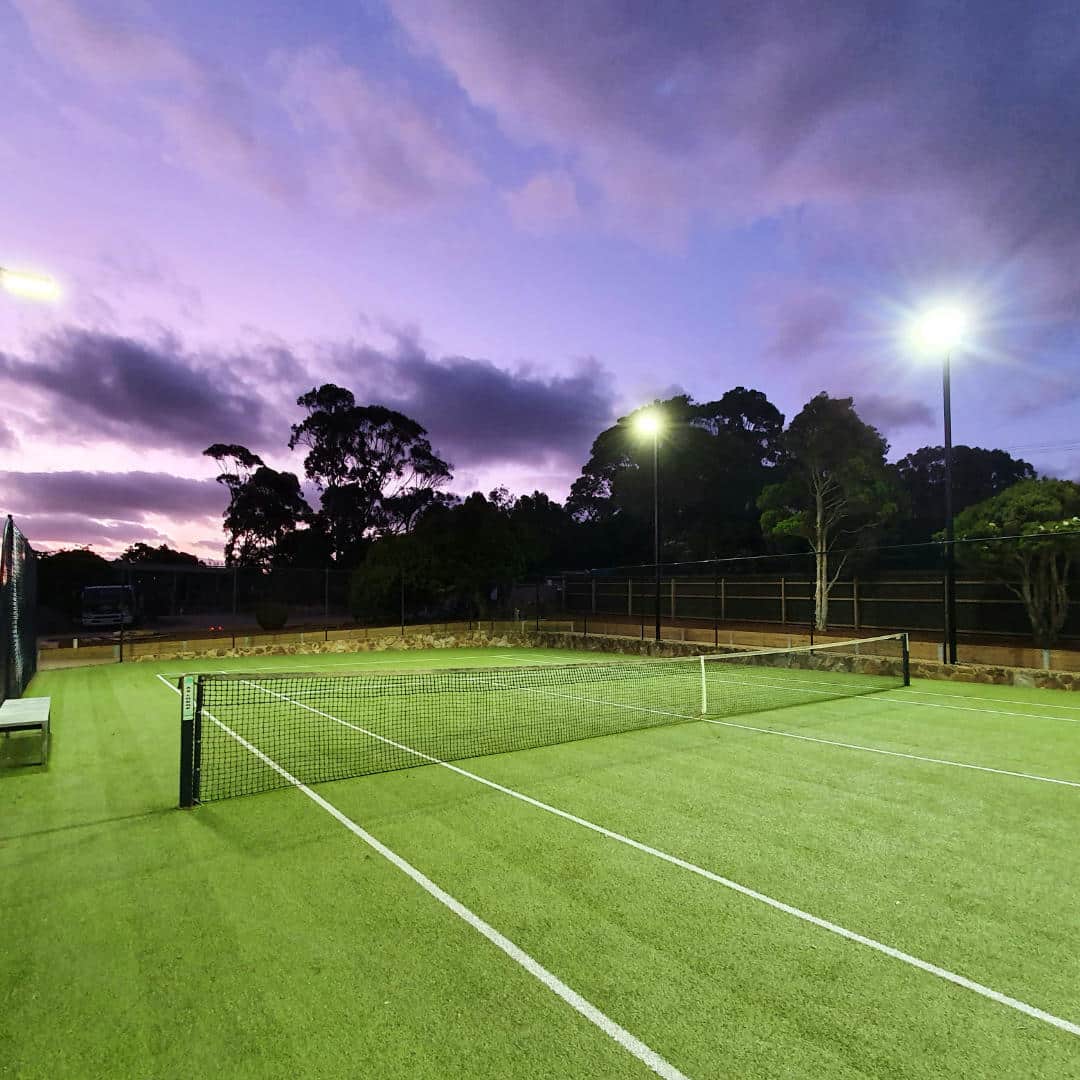
The past 10 years has seen a huge shift from traditional Metal Halide fittings over to digital lighting in the form of LED. This shift has not been fast nor smooth, with many issues occurring along the way.
The first issue for big-area and sport LED was the fact that the metal halide fittings were very efficient. This was something many people couldn’t understand as the general public was under the misguided notion that LED was much more efficient than ‘old-style’ lights. They were in fact so efficient that it took until 2019/20 before LED lighting was truly able to compete on a one-for-one basis with some of the premium metal halide lights.
The second issue was that LED simply wasn’t good enough for long range. To reach the centre of a cricket or AFL oval was more than LED was able for and often had to be supplemented either with more lights, or spotlights, which just threw light to the centre. This problem was gradually overcome by improvements in LED output as well as optic and reflector designs.
Along with these major flaws, failures were common. Using high powered COBs (large LEDs) or 10W LEDs, heat dissipation was a serious issue which caused a high percentage of failures. Along with drivers failing, these ‘expensive science experiments’ caused havoc for nearly a decade before coming of age and really show what was possible.
However, with components and replacement parts for metal halides lamps becoming more and more difficult to find or afford, LED is firmly here to stay.
So, you’re needing to replace these gallant dinosaurs, but what are the pitfalls?
The first question is how much light do you need in lux terms? If your fittings are 30 years old, it’s very likely that what you need vs what you have could be quite different. This is often set out as a guideline in AS2560.2:2021.
The next part is if you have enough money to replace the poles or if you’re going for a retrofit. Retrofits are a lot cheaper but also can be restrictive if the poles are too low or in the wrong positions. At this point it’s worth getting a lighting plan done to confirm how many lights are needed and if the current heights and positions are feasible. Your lighting company should be able to give you a good idea of costs involved, both for installation and supply.
Once you know that you can determine if the old poles will be able to sustain the weight. LED lights are significantly heavier than Metal Halide and so care has to be taken not to overload the poles. To make things more difficult at this point, many poles over 20 years old don’t have any markings or engineering drawings. In these situations each case has to be considered separately – what style are the existing lights, what is their weight, their sail area etc. Going through this gives a more considered decision as the safety aspects. An engineer may be willing to comment but with limited information they are rarely keen to commit 100%.
Now you know if the poles are good and how many lights you need, you can assess if there is sufficient power to the ground. Again, if you’re swapping out one-for-one this is generally not an issue as the metal halides are 2kW, whereas most big LEDs are 1600-1800W, giving you some tolerance. This is the time to involve an electrician who can give valuable feedback as to installation costs and any access and at-height issues there may be lurking.
Planning well by having this information puts you in a good position to make a successful transition from Metal Halide to LED.


